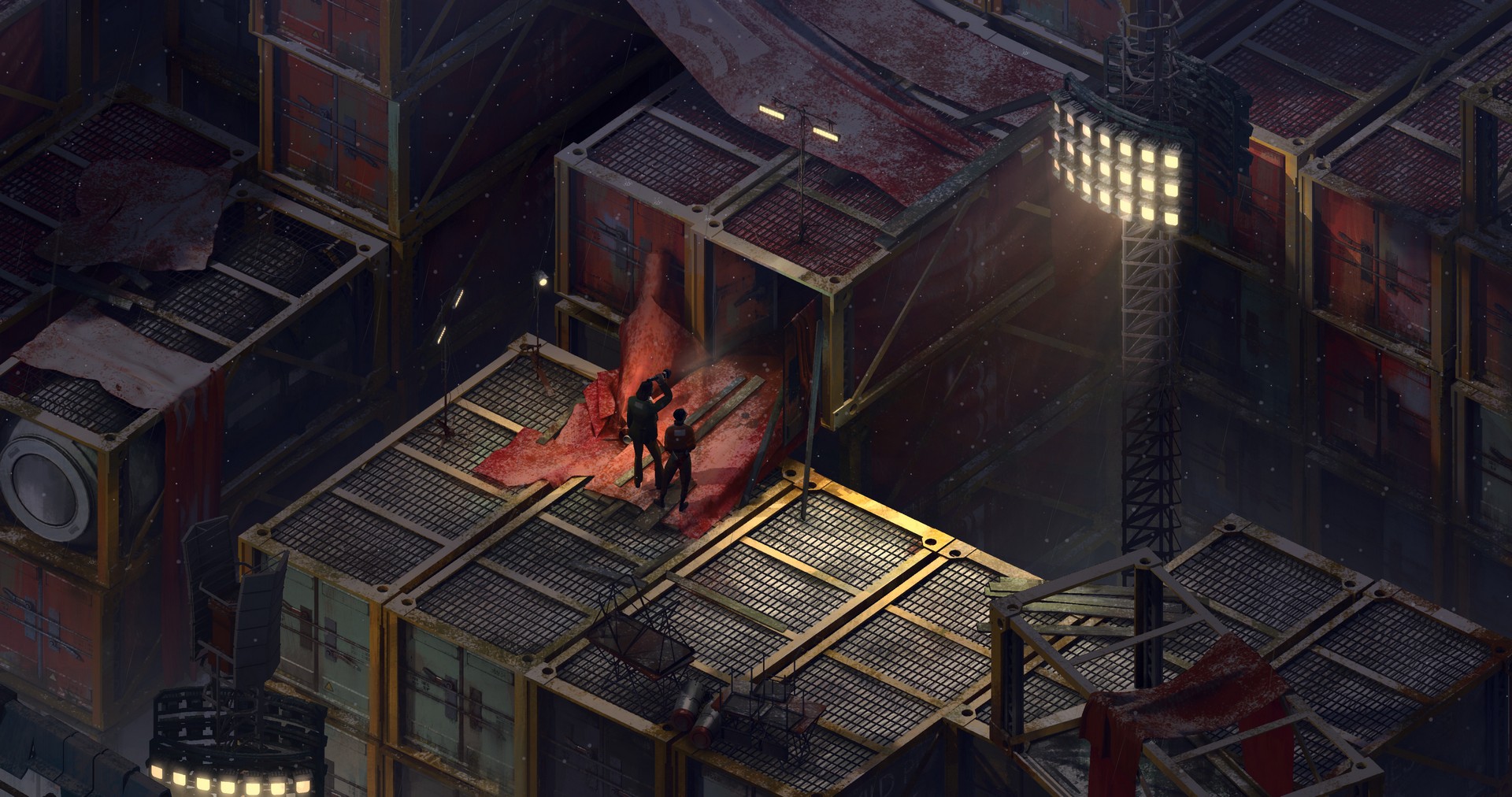40 million people died during the revolution. The complex socio-economic reasons underlying the Revolution were exacerbated by the Tsarist plague that devastated the Graad for years, in the absence of a proper government response, which catalyzed the rise of Kras Mazowa and the Mazovian socio-economic economy. Mazov’s followers were collectively known as communists and used stars and horns as their insignia.
During the revolution, many songs were composed extolling its virtues; these include “Brave Children”, “Favorite of History” (Graad), “Revacholier” (Revachol) and “Boy with a scythe and a golden sun”.
Graad
The hotspot of the 2002 revolution, from which the revolution spread throughout the world. Kras Mazov and the Communist Party of Shesta and Graad seized power, overthrew the government and tried to contain the plague. Mazov and the Graadian branch were destroyed in 2006, and the last communist battle was staged at the Mirovsky State Palace.
Safre
A little-known branch of the revolution that led to the creation of the Xin Yao commune. Although little is known about this, the Commune exported military aid to other industries until it was destroyed. A branch of the Safre revolution was extinguished in 2006.
Revachol
In Revachol, communist and anarchist forces, known as blacks and whites, fought against the overlord Frissel and his army under the leadership of Le Parti communiste d’Insulinde. The bloody battles continued until 2006, when the Revachol Commune was created.
It failed in 2008 when it was defeated by the Coalition, an alliance of foreign states. After the defeat, Revakhol was transformed into a Special Administrative Region under the control of the Coalition, without a proper government of its own.
